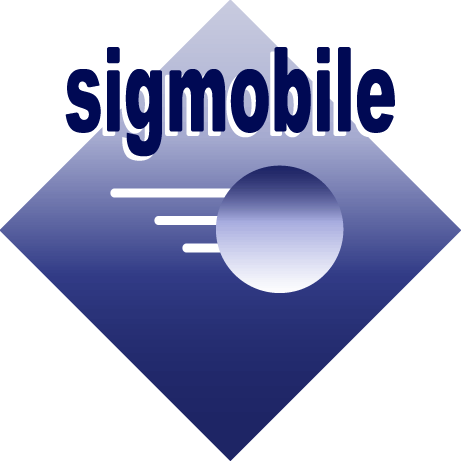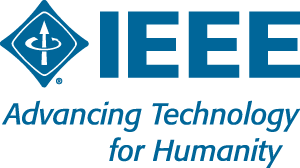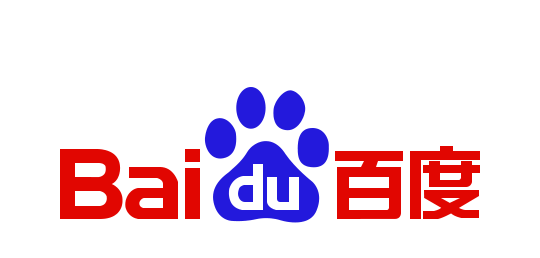
|
The Fourth ACM/IEEE Symposium on Edge Computing Washington DC, November 7-9, 2019 |
|---|



Keynote
Main Conference
Democratization of the Edge
Sujata Tibrewala
Intel
Thursday, Nov 7, 9:10 - 10:10

Abstract: If software ate the Hardware in the past, Edge is now eating the Big Cloud as we see from research & development in 5G and beyond trends. In addition Far Edge and smaller Data Centers (Edge DC) will become the Key delivery vehicle for workloads rather than big data center clouds at limited locations in the service/cloud providers network. In order to enable easy access to latency sensitive applications micro Data Centers will spawn over different locations. This also open up a whole new model of delivering apps and services in sparsely connected geo locations where infrastructure such as smart cities etc. is not possible. Another challenge is to consolidate multiple architectures and implementations in the industry and open source to an optimal and flexible Infrastructure. This infrastructure also needs to be scalable enough to distribute functions to serve billions of parallel devices and tasks at the edge. This talk will talk about the various Open source efforts in the edge space in general and Akraino in particular. The Akraino Edge Stack is a Linux Foundation project which is addressing the technology gaps and creating opensource software for the edge. Akraino Edge Stack “blueprints” delivers end to end solution for a particular Edge use case, which is complete, tested, production deployable. Akraino Integrates multiple Opensource together to deliver the blueprints. We conclude with how workloads and applications will drive the edge architecture for Domain Specific Applications (DSA) where by various Best Known Configurations [BKC] will be established to optimize the Infrastructure and associated Stack. Various DSA’s include Green Applications aka Rideshare, Green champion social app, Real time location-based services, Social networking applications, Real Time XR based use case. With the push towards 5G and the promise of connecting the unconnected technologies such as ad Hoc Network based apps where any node can opt in to connect other nearby nodes have huge potential to bridge the Digital Divide.
Bio: Sujata Tibrewala is an Intel community development manager and technology evangelist who defines programs to enable ecosystem developers to drive AI/ML. With OneAPI being the latest program she has taken the responsibility of evangelizing, she is also a co-chair for IEEE Edge Automation Platform Roadmap, for Beyond 5G Technology Roadmap. Under her leadership Intel Network Developer Evangelism program was nominated for Network Transformation Awards 2018, and received Edison award and Network Developer Dynamo award at Intel. She is a frequent presenter at various IEEE and industry conferences in SDN/NFV, Director at Silicon Valley Engineering Council and TSC chair for Documentation Sub-committee Akraino. Sujata has worked at several companies, including CISCO, Agere, Ericsson, Avaya, Brocade, leading all phases of diverse software technology projects such as an SDN open flow implementation, TCP/IP/Ethernet/VLAN forwarding software development on CISCO switches, and network processors and cloud deployments using virtualization technologies. She has a Masters from IISc Bangalore and Bachelors from IIT Kharagpur and has completed an Executive Women Leadership Program from Stanford.
Driving Data to the Edge
Ken-ichi Murata
Project General Manager – Connected Strategy, Connected Company, Toyota Motor Corporation and
President & Chair of Board of Directors, Automotive Edge Computing Consortium (AECC)
Friday, Nov 8, 9:00 - 10:00
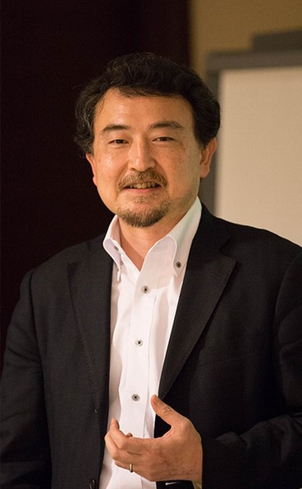
Abstract: To make driving safer, traffic flow smoother, energy consumption more efficient, and emissions lower, mobile communication in vehicles is becoming essential. Several emerging services, such as intelligent driving, the creation of maps with real-time data and driving assistance based on cloud computing require vehicles to be connected to the cloud and networks in order to facilitate the transfer of large amounts of data not only between vehicles, but also between vehicles and the cloud. Network capacity planning has become a major challenge for mobile network operators due to the soaring costs associated with the exponential increase of data traffic. As next-generation networks are being standardized, we have a unique opportunity to ensure that future networks are designed and deployed to provide new services in a reasonable fashion, while generating new customers and revenue for mobile network operators. Kenichi will present on the work to understand how big data advances are impacting the connected vehicle market.
Bio: Ken-ichi Murata is Project General Manager of Connected Strategy and Advanced Technology Development at Connected Company in Toyota Motor Corporation and responsible for overall strategies in the area of connected vehicle, use of automotive big data, and advanced technologies to realize them, in Toyota. Ken-ichi is also the President and Chair of Board of Directors of Automotive Edge Computing Consortium (AECC) since it was established in 2017.
Prior to join Toyota, Ken-ichi worked at Sony Corporation and Sony Computer Entertainment, as a systems architect for various consumer electronics products such as Digital TV, STB, AIBO robot, and Playstation3. After he joined Toyota, he had been acting as Global Chief Engineer of in-vehicle multi-media/telematics systems, products and services, and then he took the position of head of Connected Strategy and Planning, to initiate corporate-wide reformation with more tech/data-oriented strategy. He is taking the current position upon restructuring corporate organization in Toyota since 2016. Ken-ichi is also a member of IEEE Computer Society and ACM.
Women-in-Computing
Helping you take a fearless leap toward your successful career in Tech
Christine Moor
YouTube
Friday, Nov 8, 10:20 - 10:45

Abstract:
Gender disparity in tech can make the transition from university to industry daunting for women in computing.
In this talk we explore some concerns women may have when considering this transition:
Does being a woman make it harder to succeed in the tech industry?
Can women achieve a sense of belonging in tech culture?
What kind of career progression should women expect if they are doing the right things?
Drawing from her experience in the industry,
Christine describes why these concerns are important to address early in your career and the answers may convince you that technology could,
in fact, be one of the best fields for women.
Bio:
Christine Moor leads Capacity Management where she and her team helped
YouTube scale through a 10X growth in content and 60% annual growth in consumption. Her
team determined how to expand YouTube’s machine and network footprint to keep up with
rapid growth and an unpredictable environment, all while maintaining high efficiency.
Christine also leads project management for YouTube’s Video Infrastructure, driving
initiatives to ensure that any video or live stream uploaded to YouTube can be served
to any user, on any screen, anywhere in the world.
Despite all this, Christine spends much of her weekend prying her children off YouTube to spend more family time outdoors in sunny California.
Christine has been at Google since 2006 and holds a bachelor's degree in mathematics with a computer science emphasis from the Claremont Colleges.
How to succeed as a STEM woman in Academia
Nathalie Japkowicz
American University
Friday, Nov 8, 10:45 - 11:10
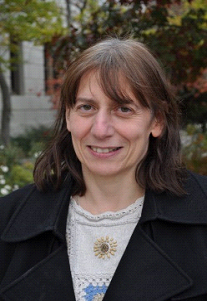
Abstract:
In this talk, I will discuss what I consider to be the perks of being in Academia for a STEM woman,
and I will present what I perceive to be the advantages and disadvantages that we have, as women, in that sector.
Specifically, I will explain how I view that the differences in focus and attitude often brought on the table by women can be both advantageous and disadvantageous;
I will comment on the positive effect that certain societal forces have brought us;
but I will also discuss the devastating effects that certain enduring norms and attitudes can have on our careers and personal lives, and how to minimize their effects.
Bio:
Nathalie Japkowicz is a Professor and Chair in the Computer Science at American University.
She was previously with the School of Electrical Engineering and Computer Science at the
University of Ottawa where she led the Laboratory for Research on Machine Learning for
Defense and Security. Over the years, she has supervised over thirty graduate students,
received funding from Canadian and US Federal and Provincial institutions, worked with
private companies and published over 100 articles, papers and books including Evaluating
Learning Algorithms: A Classification Perspective, with Mohak Shah (Cambridge University
Press, 2011) and Big Data Analysis: New Algorithms for a New Society, with Jerzy
Stefanowski (Springer, 2016).
Workshops
From Cloud to Edge, Are You Ready?
Dr. Bin Ni
VP of Engineering, Quantil Inc.
Saturday, Nov 9, 13:30 - 14:00

Abstract: Edge computing has been a hot topic for a few years. But still, it is not fully clear in the industry about what form it should take. There is one business that has been running on the edge for more than 20 years: content delivery networks. This talk will address edge computing from the perspective of a CDN architect. You will be surprised about the level of similarity between an Edge Computing Platform (ECP) and CDN. The speaker will try to answer the question about how the ECP and cloud will live in harmony with each other. Another interesting part is what the application developers can expect from an ECP and how to get their apps ready for it. The speaker will talk about some architecture considerations that might be needed to fully take advantage of ECP.
Bio: Bin Ni, received BE from Tsinghua, Beijing and Ph.D. from Purdue, West Lafayette.
After graduation, he Joined Marvell Semiconductor as a communication algorithm architect.
6 years later he joined Apple as a SoC performance micro-architect. In 2013, he decided to pursue some new challenge and became
the founding engineer of Quantil (owned by Wangsu) to work on a new generation of content delivery network. In 2017,
after Wangsu acquired CDNetworks, he has been in charge of the R&D of both companies.
His recent focus has been opening the computing power of the edge servers available to customers.
Unified Memory-Computing Architecture with Memristive Devices
Dr. Qing Wu, ST
Senior Scientist, Processing and Exploitation, Air Force Research Laboratory, Information Directorate
Saturday, Nov 9, 9:15 - 10:30
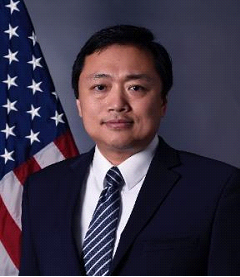
Abstract: The exponential growth of data demands significantly higher processing performance, lower energy dissipation, and better system scalability. Limitations of the existing Von Neumann architecture and barriers such as memory bandwidth, heat density, etc. of today’s CMOS based computing technologies are prohibiting our computing platforms from meeting future data analytics and edge computing requirements. These limitations have motivated emerging research areas in new computing architectures (e.g. unified memory-computing architectures) with new devices (e.g. memristive devices). A memristor-based computing architecture focuses on the realization of the matrix-vector multiplication approximation using memristor crossbar arrays, which can naturally transfer the weighted (stored in the memristor arrays) combination of input voltage levels/spikes to output voltages levels/spikes. Designs based on this new architecture have been demonstrated in labs to enable both signal processing and deep neural networks applications with orders of magnitude energy-speed improvement over the CMOS counterparts.
Bio: Dr. Qing Wu, a member of the scientific and professional cadre of senior executives, is the Senior Scientist for
Processing and Exploitation, Information Directorate, Air Force Research Laboratory, Rome, New York. He serves
the Air Force as the principal scientific authority and independent researcher in the research, development,
adaptation, and application of technologies to manage, process, and exploit massive amounts of multi intelligence,
multi-domain data. Dr. Wu’s primary objectives are to advance knowledge of processing and exploitation means,
including emerging technologies, to yield decision-quality information derived from diverse intelligence from
air, space, and cyber sources to meet Air Force needs; and to lead and enable rapid development, demonstration,
and transition of new processing and exploitation capabilities to the Air Force.
Dr. Wu has been conducting scientific research and technology development in advanced computing architectures
and very-large-scale integrated circuits for more than 20 years. He is known for his research in energy
efficient integrated circuits, statistical modeling and estimation of power consumption, dynamic power management,
parallelized data analytics utilizing high-performance computing, neuromorphic computing architectures, models
and algorithms, and memristor based analog computing for artificial intelligence. Dr. Wu is author and co-author
of more than 120 publications in international journals and conferences, as well as six published patents.
A Vision towards Pervasive Edge Computing
Yuanyuan Yang
IEEE Fellow, Program Director, US National Science Foundation
Saturday, Nov 9, 8:30 - 9:15

Abstract: This talk presents an emerging pervasive edge computing paradigm where heterogeneous edge devices (e.g., smartphones, tablets, IoT and vehicles) can collaborate to sense, process data and create many novel applications at network edge. We propose a data centric design where data become self-sufficient entities that are stored, referenced independently from their producers. This enables us to design efficient and robust data discovery, retrieval and caching mechanisms. The future research agenda including scalable data discovery, cache management, autonomous processing, trust, security and privacy, incentives and semantic data naming) will be discussed.
Bio: Yuanyuan Yang received the BEng and MS degrees in computer science and engineering from Tsinghua University,
Beijing, China, and the MSE and PhD degrees in computer science from Johns Hopkins University, Baltimore,
Maryland, USA. Dr. Yang is a SUNY Distinguished Professor in the Department of Electrical & Computer Engineering
and Department of Computer Science at Stony Brook University, New York, USA. She is currently on leave serving
as a Program Director at the US National Science Foundation. She has served as the Associate Dean for Academic
Affairs of College of Engineering and Applied Sciences at Stony Brook University and a Division Director of New
York State Center of Excellence in Wireless and Information Technology.
Dr. Yang is internationally recognized for her contributions in parallel & distributed computing systems and networking.
She was named an IEEE Fellow in 2009 for contributions to the area. Her current research interests include cloud computing,
edge computing and mobile computing. Her research group currently develops data center architectures and virtual machine
placement algorithms in cloud computing systems, data discovery/retrieval/caching mechanisms in edge computing systems,
and wireless energy-charging algorithms and mobile data gathering mechanisms in wireless rechargeable sensor networks.
Panel
Edge Computing: Where are we today and what’s next?
Moderator
Weisong Shi
Wayne State University

Weisong Shi is a Charles H. Gershenson Distinguished Faculty Fellow and a Professor of Computer Science with Wayne State University, USA, where he directs the Mobile and Internet SysTems Laboratory (MIST) and Connected and Autonomous dRiving Laboratory (CAR), investigating performance, reliability, power- and energy-efficiency, trust and privacy issues of networked computer systems, and applications. He is one of the world leaders in the edge computing research community, and published the first book on edge computing. His paper entitled “Edge Computing: Vision and Challenges” has been cited more than 1200 times. In 2018, Dr. Shi led the development of IEEE Course on Edge Computing. In 2019, Dr. Shi served as the lead guest editor for the edge computing special issue on the prestigious Proceedings of the IEEE journal. He is the Founding Steering Committee Chair of the ACM/IEEE Symposium on Edge Computing (SEC) and the IEEE/ACM Connected Health: Applications, Systems and Engineering (CHASE). He is an IEEE Fellow and an ACM Distinguished Scientist.
Panelists
Victor Bahl
Technical Fellow, Microsoft
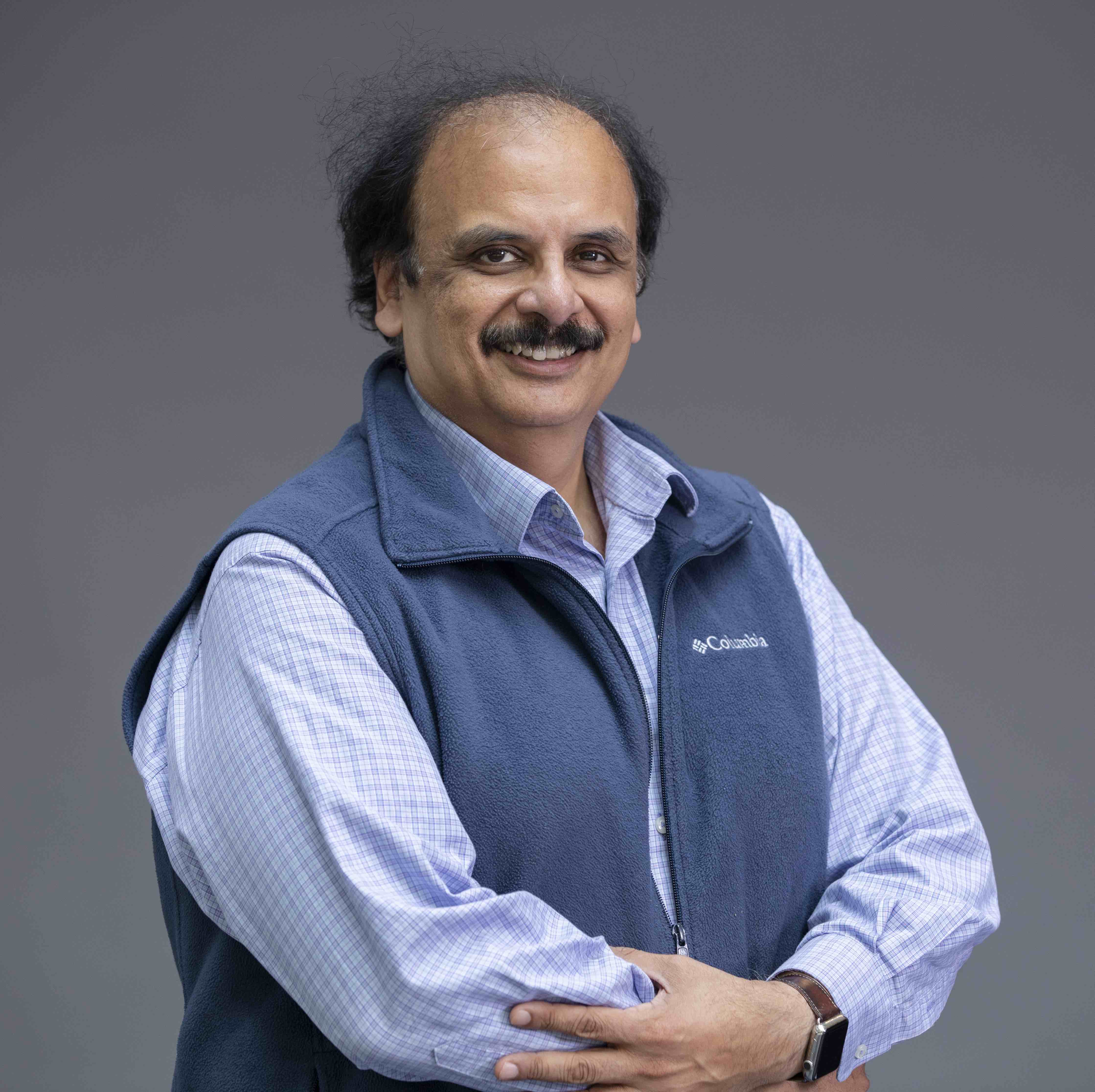
Gaurav Chawla
VP / Fellow, Server and Infrastructure Systems, Office of the CTO, Dell EMC

Gaurav Chawla is a Fellow and Vice President in the Dell EMC Server and Infrastructure Solutions Group, Office of the CTO. Gaurav has 25+ years of experience in various areas in computer industry and has been with Dell since 2005. He currently focuses on technology strategy and investigations for Dell EMC Server Group in areas of Edge Computing (IoT and 5G), Hyper-Converged Infrastructure and Blockchain. Prior to this he focused on enterprise storage/SDS, private/hybrid cloud, HPC storage, enterprise storage, telco NFV, and Unix kernel projects. He has also contributed to multiple industry consortiums, standards and open source projects including IoT OpenFog Consortium, Linux Foundation OpenDaylight SDN Project, T11 FC/FCoE, IEEE DCB (Data Center Bridging) and SNIA CDMI standard. He has B.S and M.S in Computer Engineering and holds 50+ granted and pending patents.
Schahram Dustdar
TU Wien

Schahram Dustdar is Full Professor of Computer Science heading the Research Division of Distributed Systems at the TU Wien, Austria. He also holds several honorary positions: Monash University in Melbourne, Shanghai University, Macquarie University in Sydney, and University of Groningen (RuG), The Netherlands (2004-2010). From Dec 2016 until Jan 2017 he was a Visiting Professor at the University of Sevilla, Spain and from January until June 2017 he was a Visiting Professor at UC Berkeley, USA.From 1999 - 2007 he worked as the co-founder and chief scientist of Caramba Labs Software AG in Vienna (acquired by Engineering NetWorld AG), a venture capital co-funded software company focused on software for collaborative processes in teams. Caramba Labs was nominated for several (international and national) awards: World Technology Award in the category of Software (2001); Top-Startup companies in Austria (Cap Gemini Ernst & Young) (2002); MERCUR Innovation award of the Austrian Chamber of Commerece (2002). He is founding co-Editor-in-Chief of the new ACM Transactions on Internet of Things (ACM TIoT) as well as Editor-in-Chief of Computing (Springer). He is an Associate Editor of IEEE Transactions on Services Computing, IEEE Transactions on Cloud Computing, ACM Transactions on the Web, and ACM Transactions on Internet Technology, as well as on the editorial board of IEEE Internet Computing and IEEE Computer. Dustdar is recipient of the ACM Distinguished Scientist award (2009), the IBM Faculty Award (2012), an elected member of the Academia Europaea: The Academy of Europe, where he is chairman of the Informatics Section, as well as an IEEE Fellow (2016).
Matt Mutka
Michigan State University and National Science Foundation
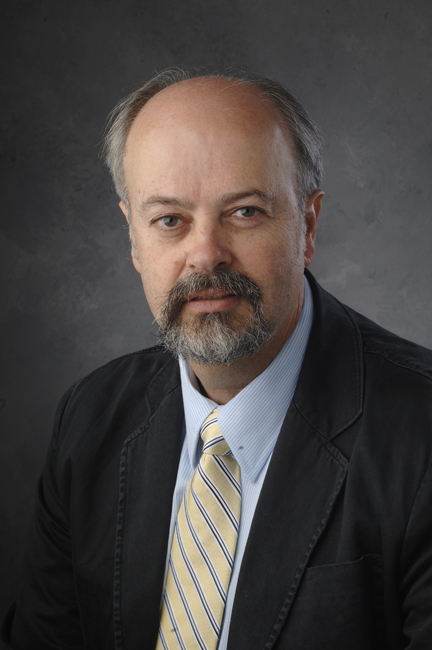
Matt Mutka is a Professor on the faculty of the Department of Computer Science and Engineering at Michigan State University (MSU) and is currently serving as a Program Director at the National Science Foundation (NSF) within the Division of Computer and Networks Systems (CNS) of the Directorate for Computer and Information Science and Engineering (CISE). He served as Chairperson of the MSU Department of Computer Science and Engineering from 2007-2017. He has been a visiting scholar at the University of Helsinki, Helsinki, Finland, and a member of technical staff at Bell Laboratories in Denver, Colorado. He is an IEEE Fellow and was honored with the MSU Distinguished Faculty Award.
Humberto J. La Roche
Principal Engineer at Cisco Systems

Humberto J. La Roche is Principal Engineer at Cisco’s Service Provider Networks where he is responsible for 5G solution architecture. In his over twenty-five year telecom career, he has been responsible for LTE systems engineering, product management of IMS and wireless softswitch products, product planning of optical networking and broadband access products, and transport network design. He is listed as author in over eleven technical papers and as inventor on over twenty patents. Humberto holds a PhD degree in Physics from the University of Texas at Austin.


